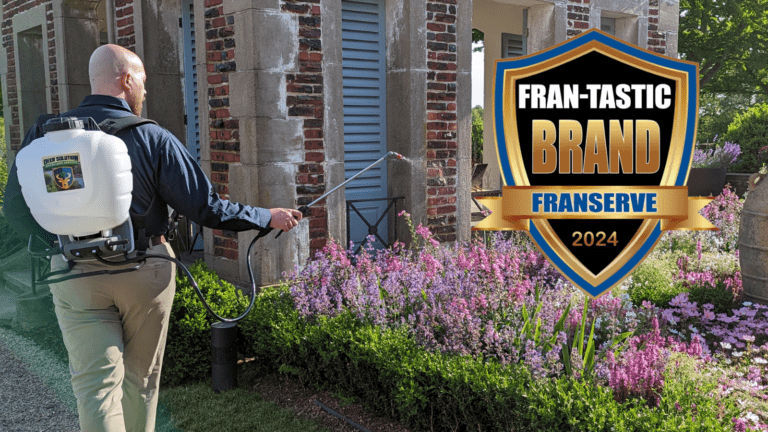Prince George’s County, a region celebrated for its rich biodiversity and natural beauty, is facing a significant ecological challenge: the rapid increase in white-tailed deer population.
This overpopulation is leading to a range of ecological and societal issues, testing the resilience of local ecosystems and affecting community well-being.
Exploring the Causes of Deer Overpopulation
The rise in deer numbers in Prince George’s County can be attributed to a combination of factors:
- Abundant Food Sources: Agricultural fields and residential gardens provide an endless buffet for deer, contributing to their population growth.
- Ideal Living Conditions: The county’s mixed urban and suburban landscapes offer perfect habitats for deer, promoting their proliferation.
- Reduced Predation and Hunting Restrictions: The absence of natural predators, along with changes in hunting regulations, have diminished traditional checks on deer populations.
The Far-Reaching Consequences
Deer overpopulation in Prince George’s County is not just an environmental concern but a multifaceted issue impacting various aspects of life:
- Ecological Impact: Excessive deer feeding leads to forest degradation, threatening biodiversity and facilitating the spread of invasive species. This imbalance in the ecosystem can have long-term consequences for local flora and fauna.
- Safety Hazards: The increase in deer-vehicle collisions presents a significant risk to public safety, causing property damage and posing a threat to both human and deer lives.
- Agricultural and Property Damage: The rising deer population leads to increased encroachment on agricultural lands and residential properties, resulting in substantial financial losses.
- Health Concerns: The proliferation of deer escalates the risk of tick-borne diseases like Lyme Disease, raising public health concerns.
County’s Response to Deer Management
In response to these challenges, Prince George’s County has initiated comprehensive deer management strategies:
- Population Control Measures: The county conducts regular deer population surveys to determine the necessary management interventions in different areas.
- Public Participation and Awareness: Engaging the community through educational programs and public forums is a key aspect of the county’s approach, ensuring that management strategies align with public safety and ecological health.
The Community’s Role in Mitigating Deer Impact
Residents are encouraged to participate in deer management efforts:
- Adopting Deer-Resistant Landscaping: Homeowners are encouraged to plant vegetation that is less attractive to deer, helping to reduce the likelihood of deer-related damages.
- Utilizing Non-Invasive Deterrents: The use of humane deterrents can help to minimize deer presence in residential areas without harming the animals.
The Way Forward: A Collaborative Approach
Prince George’s County’s approach to managing deer overpopulation highlights the need for sustainable, community-driven solutions.
Collaborative efforts involving residents, wildlife experts, environmentalists, and local authorities are crucial in developing effective strategies that balance ecological health with community needs.










